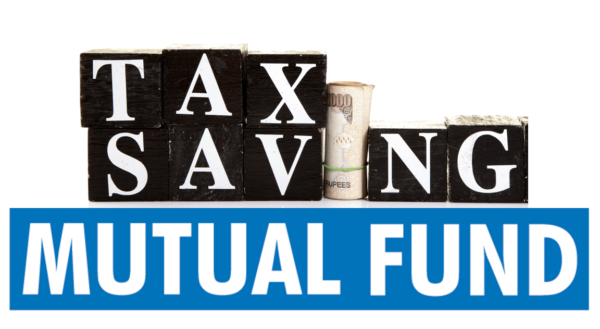Investment is an area that demands planning, patience and thought. If you feel that you would invest in any mutual fund and it would be good for your returns then you are wrong. A wrong investment can get you a loss too. However, a good and right investment might get you a great return and even bonuses. Moreover, you know a person should always plan their tax related investments in advance and invest via the platform of SIP route in ELSS to experience the advantages of rupee cost averaging.
Investing in tax planning schemes is a main priority for those who are yet to plan and finalise their tax related investments for the present financial year. Certainly there is good Tax saving equity funds for you to invest in. Apart from doing investment in Public Provident Fund (PPF), life insurance, one should take into consideration Equity Linked Saving Schemes (ELSS) for the purpose of their tax planning. Popularly known as tax saving funds, ELSS is one of the taxes saving tool or vehicle that easily qualifies for deduction under Section 80C. Certainly you can know more about this type of mutual fund and then make an investment.
For your information ELSS is a characteristically diversified mutual fund equity scheme that comes with tax intervals and demands a lock- in period of three years from the date of the investment. In case you invest in an ELSS via the concept of a systematic investment plan (SIP), each investment is going to be locked in for three years from its specific or respective investment date.
What are the Importance of ELSS funds?
By investing in ELSS mutual funds, you would be eligible for tax deduction up to Rs. 1, 50,000, u/s Section of the 80C of Income Tax Act. In case you invest Rs. 1, 50,000 in ELSS, you are going to save Rs. 45,000 (30% on that of top tax bracket). So the sum that you plan to invest in ELSS can be subtracted from your income before calculating taxes. This is subject to a general cap of Rs. 1, 50,000 on the investment amount coupled with other tax saving instruments.
You should start investment early
There are myriad of tax-payers who normally tend to start investing in ELSS funds only towards the end of the financial year, when the time to deposit investment proof is upon them. It is a bad investment and tax-planning strategy. In such a scenario, one could face cash flow related issues towards the end of the financial year. Moreover, investing towards the end of the year pushes the investors to put lump sum amount in ELSS. This, in turn, forms the risk of market timing. If the equity markets are up, the investor ends up buying the fund’s units at higher valuations that in turn impacts his returns. One should always plan their tax related investments in advance and do investment through SIP route in ELSS to attain the benefit of rupee cost averaging.
You must continue to invest beyond the period of three years
Of all types of the tax-saving products, ELSS funds cater the shortest lock-in of three years. In other products, the lock-in period differs from 5 to 15 years. A common mistake most investors make is to cash their investments in ELSS as soon as the three-year lock-in ends. As the underlying asset class here is equities, these should stay invested for a time horizon of at least five to seven years to garner wonderful returns. Hence, one should not pull out his or her money as soon as the three year lock-in gets over. While ELSS gives tax break, it even has the potential to make superior returns when compared to other types of asset classes as well as beat inflation in the long run. ELSS funds are finest in the tax saving lot till date as these funds are suitable for every type of category of investor. If you haven’t tried out these taxes yet there is no harm in probing. Once you know them you might end up falling in love with them. Who knows the open up a new door for your future investments?
Betting on the present day best performers
The funds that are topping the charts in the present time (in terms of trailing returns over the past one or three years) might not be the finest choice for you. Instead, investors should concentrate on funds that have a track record of constancy. To select a consistent fund, you must compare the fund’s performance with that of the average returns produced by the category year-wise for the past five or seven years. Another alternative is to compare rolling returns. This is a great measure for capturing consistency. Another commonly observed error or mistake is that investors put their money in a new ELSS fund every year. Over an eight to ten year period, they end up accruing a large number of ELSS funds. This triggers excessive diversification and ends up in unwieldy portfolios that turn out to be hard to monitor.
Main takeaways
The investors who are looking to save on tax should definitely avoid ELSS funds in case they are not comfortable with equities. ELSS is a perfect tax saving vehicle only for the investors who are inclined or willing to stay invested for the long term, understand the volatility and are enthusiastic to ride through it. Further, one should plan these types of investments as early in the year as possible. In case you haven’t done so, then this is the correct time to plan for the next financial year in April or June itself. And once you start, there’s no requirement to stop investing next year. Since the best way to invest frequently in a fund is through SIP, you must just start one in a carefully-chosen ELSS fund and allow it run for a long duration. It might turn out to be the best mutual fund for tax saving for you.
Conclusion
Thus, since you know so many things about this equity funds and funds in general; you must make a choice prudently.














Be First to Comment